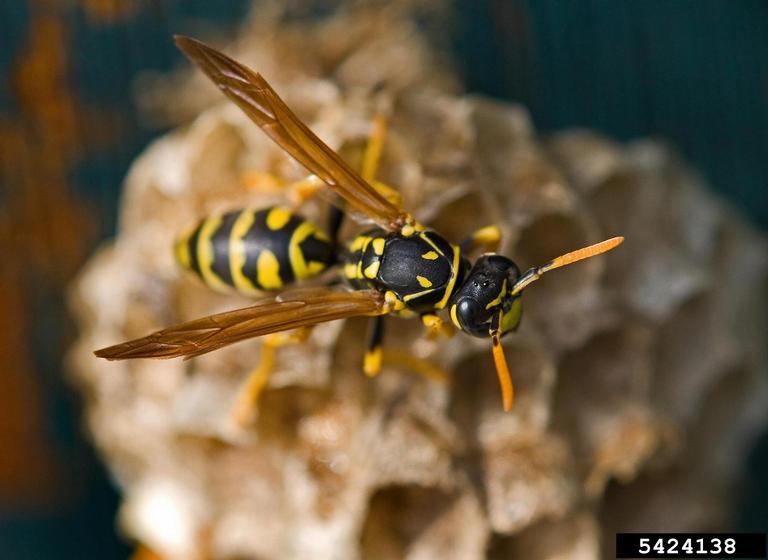With names like hydroxypropyl methylcellulose, edible food coatings may not sound very appetizing. But Manjeet Chinnan's research is making them much more appealing.
Lasts Longer, Less Fattening, Tastes Better
A University of Georgia food science and technology professor, Chinnan has shown that edible films keep fruits and vegetables fresh longer. His research proves they can increase the shelf life of foods like roasted peanuts by as much as 60 percent.
And for the growing number of Americans fighting the battle of the bulge, the news is even more appetizing.
In two studies to be published later this year in the Journal of Food Science and the Journal of Food Engineering, Chinnan's research team has shown that edible films can reduce the amount of fat in fried foods.
In tests on fried chicken strips, Chinnan tested a variety of coatings, all derived from plants. He found that some reduce fat absorption by more than a third. The coated chicken was moister, too.
Other Uses, Too
Chances are good that you've already eaten some of the coating ingredients Chinnan tests. They're used to thicken, coat, bind or gel everything from sausage and salad dressing to ice cream and beer.
"People in Asia have been using rice and soybean starches and proteins for centuries," Chinnan said. "They use wrappers made from such ingredients to hold the shape of jellied candies as well as to prevent stickiness."
But Chinnan isn't just working with centuries-old films. He's developing and characterizing new films and coatings, too, with further functional properties.
Many of the transparent coatings Chinnan uses in his research have little or no taste of their own. They don't interfere with the flavor of the foods they protect.
And because the coatings usually are made from plants, they could lead to more environmentally friendly packaging of food products, Chinnan said.
Meats Are a Challenge
"The biggest challenge has been working with meats, because the films are in a (water-based) solution, and it takes time for them to evaporate," he said.
"We don't want to leave the meat at room temperature for microbial reasons," he said. "And meats don't dry as well when cold."
So it was a boon when Chinnan's team discovered that for frying meats like chicken, edible coatings work best when mixed with the batter instead of being applied beforehand.
For this project, Chinnan leads a team of UGA College of Agricultural and Environmental Sciences postdoctoral fellows, graduate students and visiting scientists from other nations.
Extends Shelf Life
The team is finding ways to use coatings to keep frying oils fresher, too. When food is fried, fat and acids in the food or its marinade -- things like vinegar and lemon juice -- mix with the oil, causing it to break down. The edible coatings create a barrier that keeps the fat and acid out of the oil and extends the oil's shelf life.
Chinnan's group is also testing a peanut-protein coating they make in their lab. "It's not very easy to make because of the nature of protein," he said.
"Proteins are not easy to handle," he said. "They're fragile. But maybe by combining them with some other material, we can increase their stability and enhance their physical properties."
The UGA food scientists are working on engineering films with properties that could deliver other benefits, too. These films may be able to:
* Transfer flavors to foods.
* Add health-promoting vitamins.
* Reduce surface contamination of produce.
Future research will be devoted to determining which films are most cost-effective, Chinnan said.
"We're trying to optimize films and coatings, not only the types of films but also the quantity to apply," he said. "Ultimately, my goal is to have increased food choices with added value and safety for consumers."






